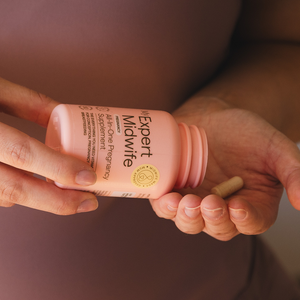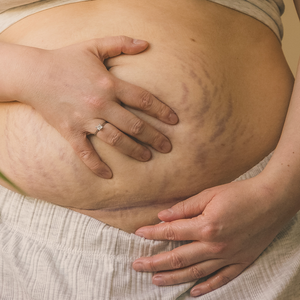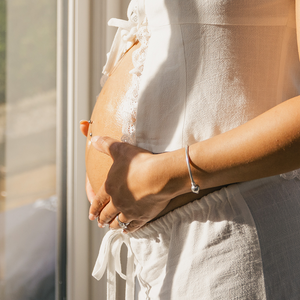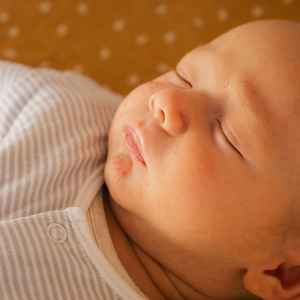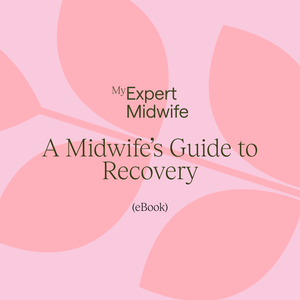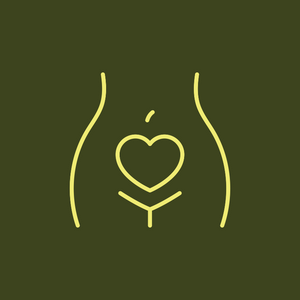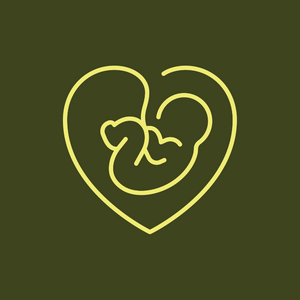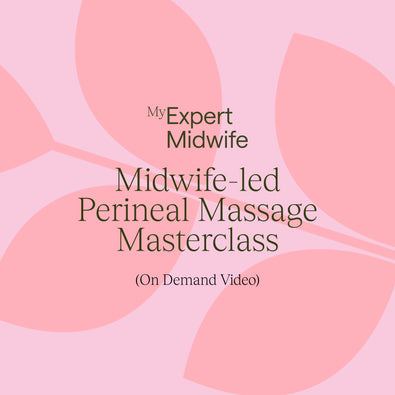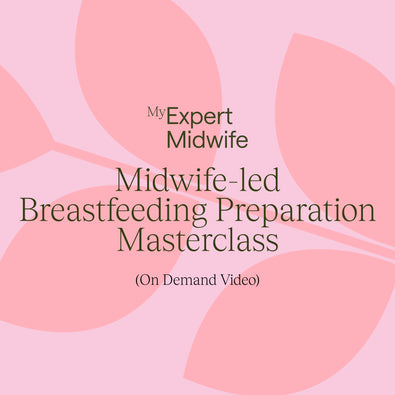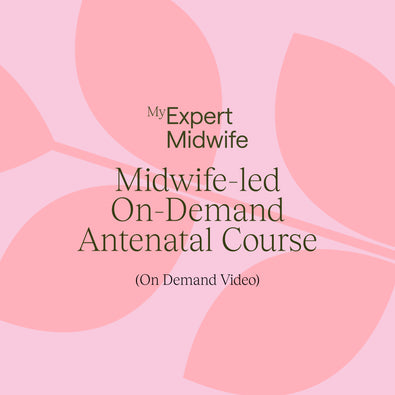Just like pregnancy massage and massage during labour can help promote relaxation and well-being and provide pain-relief, women receiving different types of massage post-birth can gain similar benefits.
After giving birth, a woman’s body is recovering from the strains caused by pregnancy (think changes in posture and mobility caused by loose joints and carrying a rather heavy ‘front load’), the marathonlike effort of childbirth and the healing of her body whilst she bleeds and nurtures her baby. Her body and her mind are going through a lot, and massage is just another valuable tool to help support her, physically and emotionally, during this wonderful and challenging time.
Benefits of post-birth massage:
- Helps relieve muscle tension and aching, which are common from lifting, holding and breastfeeding baby
- Can help relieve swelling by stimulating circulation and lymphatic drainage
- Aids relaxation and can improve the quality of sleep - even when the chances of getting some kip remain unchanged!
- Although more research is needed, some small studies show an increase in the levels of the hormone prolactin (responsible for making milk) in women who receive a regular weekly massage anywhere on the body. Prolactin is also increased when women massage their own breasts
- Can help to speed up healing, as the increased blood flow and improved lymphatic system mean toxins and waste products are removed more efficiently from the tissues, whilst fresh, oxygen-rich blood and nutrients are brought in
- Especially when used together alongside aromatherapy oils, massage can help reduce stress and support hormonal balance.
- A small study also showed a significant reduction of anxiety levels in mothers who received a simple back massage the day following the birth of their baby
- Feelings of intimacy and connection can deepen between the woman and her partner when she chooses to be massaged by them
Considerations
- Every woman is an individual and, as such, may favour being massaged in certain parts of her body and may want you to avoid others. Likewise, they may prefer a gentler massage, or deeper pressure in tighter areas like her shoulders. Ask her before you start and check how she’s finding it as you go along
- Because massage can help release stress and tension, both physically and emotionally, women may involuntarily cry. This is a healthy and welcome relief, don’t let it puzzle you. Hold space for her and let her get it all off her chest
- If she’s had a C-section, she’d be better not lying on her front until the wound is fully healed, at around 6 weeks after the operation. If massaging her lower back, avoid pulling the skin around her waist and hip area in towards her spine, as this can tug on her scar. If you are unsure or have any concerns, check with your midwife or GP
- Only use gentle, upwards strokes using an open hand when massaging the calves
- Some essential oils are best not used around young babies and children. When using them to massage the mother, who will be in close contact with her baby during/after the massage, it’s best to opt for essential oils that are known to be safe - such as bergamot, black pepper, roman chamomile, cypress, geranium, grapefruit, jasmine, lavender, neroli, sweet orange, rose, tea tree, frankincense or ylang ylang – and use a 1% blend
Head/scalp
The head and scalp are full of nerve endings which, when massaged, provide an almost instant feeling of relaxation. She can enjoy a head massage whilst holding or feeding her baby, she doesn’t need to bare any skin and it requires no great level of skill from you. An all-round winner!
- Stand behind her if she’s sat upright or, if she’s lying on her back/side, sit behind her head
- Unless your fingernails are very short, avoid using the very tips of your fingers as you may scratch/hurt her. Using the pads of your fingers is best
- Start by gently stroking her head, from the hairline towards the nape of the neck and then from the sides, above her ears, to the back of her skull. Repeat several times, slowly and rhythmically
- Separate your fingers and place them, and your thumbs, to each side of her skull. Make small circles with the pads of your fingers, applying as much or as little pressure as feels right for her. Let your fingers and thumbs continue to make circular movements as they slowly move all over her scalp
- Place the pads of your index and middle fingers on her temples and apply gentle pressure. This time, make small circular movements starting from your arms rather than your fingers. This will make her skin move under your fingers, rather than your fingers moving over her skin
- You can finish by stroking her hair or you can place your cupped hands over her ears for a few seconds before you take them off slowly
- There is no need to use oil for a head massage, although you can do if she’d like
Neck and shoulders
The neck and the shoulders can hold a lot of tension and are usually strained with baby cares, feeding and awkward sleep positions, as well as little sleep! This is an easy-to-access area that can be massaged from different angles and positions.
For a ‘deluxe’ treat, you can offer to massage her head before (or after) moving onto the neck and shoulders.
- Stand either behind or in front of her, put your hands over her shoulders and lean forwards slightly, applying some weight and pressure with your hands. This will help her to lower her shoulders, which may have become hunched and contracted with tiredness, poor posture, pain or stress. This simple technique will also help relax the muscles around her neck
- Stand/sit behind her, place your hands over her shoulders and, using your thumbs to make small circles, massage in-between her shoulder blades, the top of her shoulders, and up the back of her neck
- With her forehead resting on the palm of your hand or against something cushioned (edge of mattress/sofa, pillow over counter, etc), place your hand so that your thumb is on one side of her neck and your fingers on the other. Gently and rhythmically sweep up and down the sides of the neck or make small circles as you move up and down
Hands and arms
The hands and arms are often a neglected area and one that needs much TLC, as they work around the clock in the weeks, months and years following the birth of her baby.
- Sit facing her or stand/sit by her side if she’s lying on her back
- Start by placing her hand, palm down, on your hand and covering it with your other hand. Apply some pressure as you slide your top hand down towards her fingertips. Repeat several times. By not letting go of your holding hand, she won’t have to bear the weight of her arm and will be able to relax more deeply
- Turn her palm around and hold it with your fingers whilst you use both thumbs to make small circular movements all over the palm of her hand
- Interlace your fingers with hers, palms touching, and gently move her hand forwards and backwards before you move onto making slow circles, rotating her wrist in and then the other direction
- Let her arm rest on the side of the bed/sofa or on a pillow if she’s sat up, and move up the length of her arm, from her wrist to her shoulder, using open-handed, gliding strokes. Make sure to cover the inside and outside of her arms for a well-rounded experience
- Lastly, hold on to her upper arms with your open hand and gently squeeze them as you move up and around towards her shoulders
Summary
After the birth of their baby, women need to heal and recover, emotionally and physically. The exhaustion, overwhelm, pain and generalised aching can be very much helped by simple massage.
At a time when all the focus and attention is on the new arrival, time spent nurturing the mother through massage can offer her a much needed physical and mental space, and an opportunity to feel loved, nurtured and taken care of.
